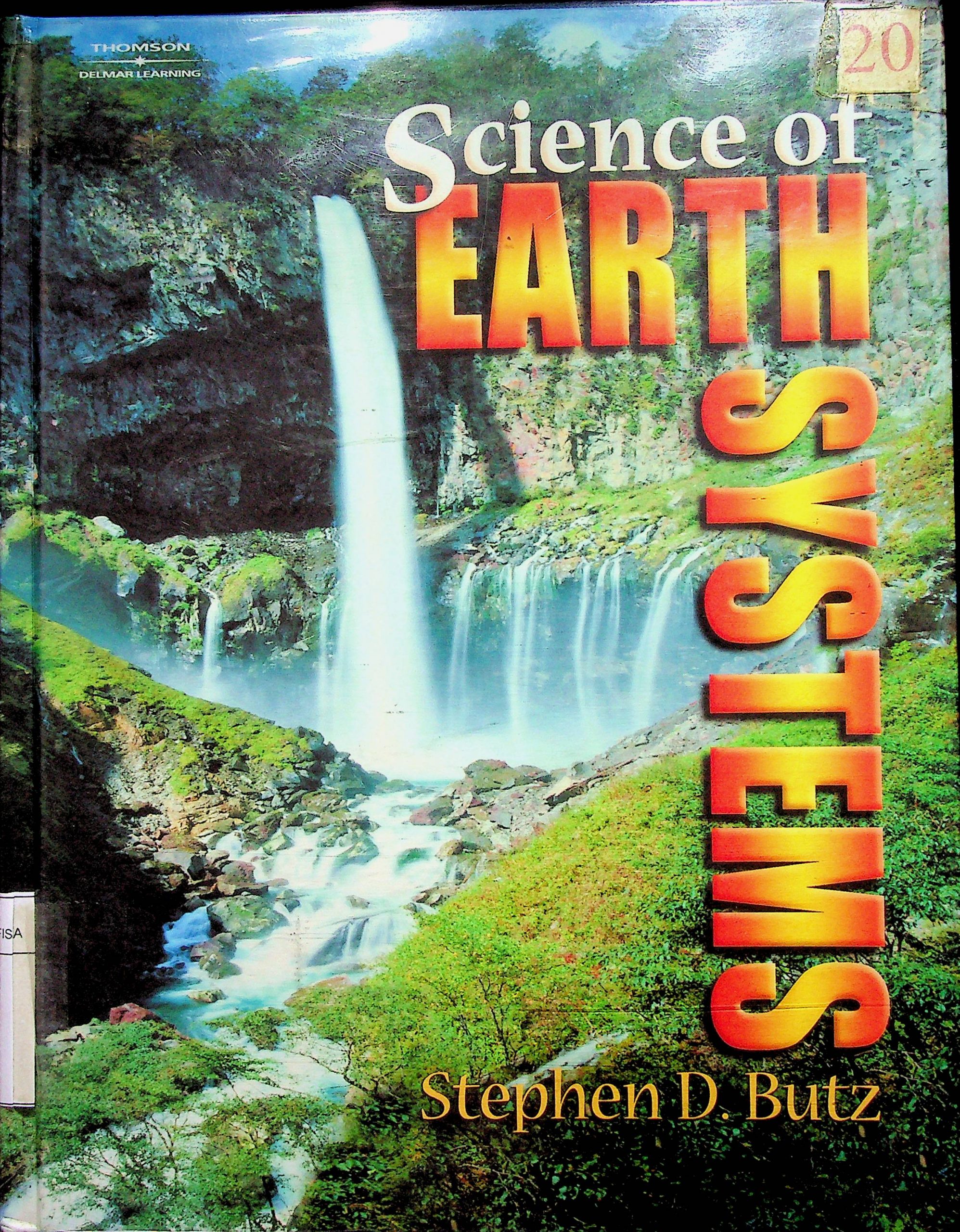For much of the twentieth century, science has been divided into unique, highly specialized disciplines that have attempted to unlock the workings of nature. Until recently, each of thesebranches of science have remained virtually isolated from one another. Not only has this scientific isolation existed at the higher academic levels, but it is also standard practice in much of the secondary school science curriculum. Today, because of the changes that are being made by humankind on the Earth, scientists in these separate academic disciplines are finding it necessary to collaborate with one another on a unprecedented scale. It has now become necessary for them to share their research to try to understand the Earth's complex systems, and how those systems are being affected by human activity. This new area of collaborative research is called Earth system science, which is a combination of allthe scientific disciplines into one body of knowledge. Science of Earth Systems is a textbook designed tointroduce this new scientific discipline to secondary school students. This textbook brings together in one volume, the interactions that occur in the living and nonliving world. Whether students are studying the Earth sciences, agriculture, or environmental science, this text provides an understanding of the physical and biological processes that exist on our planet. Science of Earth Systems was written to meet the National Science Education Standards developed by the National Academy of Sciences for the Earth and space sciences, and can be easily aligned with Earth science-related standards and curriculum taught throughout the United States. This text provides an overview of all of the principle physical,chemical, and biological systems that occur on the Earth, and how they are being altered by human activity. Major topics include the role of science and technology in society, matter, energy, astronomy, geology, meteorology, oceanography, biology, environmental science, and much more. Science of Earth Systems introduces students to the processes that occur on our Earth by dividing the planet into five unique spheres, the exosphere, lithosphere, atmosphere, hydrosphere, and biosphere. Together these five spheres cover all the principal interactions between the Earth's physical and biological properties that make our planet unique. Any educator who needs to teach secondary students about the basic functions of the Earth and how those functions interact with the living world will find this textbook extremely useful. Science of Earth Systems begins with an introduction to the foundations of science and technology and an overview of the basic concepts of matter and energy. The textbook then presents the five individual spheres that together make up all of the Earth's systems
Buku Text
-
No Scan40
-
No Klasifikasi550
-
ISBN0-7668-3391-7
-
ISSN-
-
No Registrasi073A?XII/2007
-
Lokasi TerbitInggris
-
Jumlah Hal36
-
Label550 But s
-
Versi DigitalYA
-
Versi FisikYA
-
Lokasi Rak Buku Fisik06/B/01
-
Jumlah Exemplar Fisik Tersedia1






